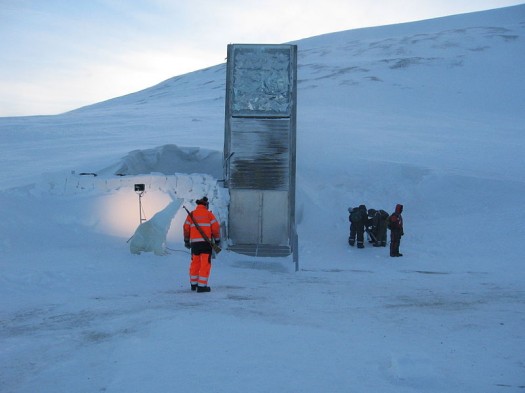Posts Tagged ‘Strong Towns’
Good Side of the Downside: The end is (only) near
Chuck Marohn needs a hug. That was my first thought reading this in his July 17 Strong Towns post : Let me be clear about what I actually imagine is in store for us. I look at America’s cities, towns and neighborhoods and I see overwhelming levels of fragility. I see a development pattern that…
Read MoreCodes Study: Trends in zoning reform
About twelve years ago, I started the Codes Study to analyze cities, towns, and counties taking proactive steps toward zoning to encourage livable places. And by livable, I mean mixed-use, economically vibrant, convivial, walkable, bikeable, and transit-friendly. Many places are using form-based codes to encourage livability, in jurisdictions covering over 45 million people worldwide. Such…
Read MoreChoosing to Overlook the Obvious
I live in an old house that overlooks a single-track CSX rail line. Between my front gate and the train is a two-lane, neighborhood-edge thoroughfare with a speed limit of 35 mph and an average speed closer to 40. Though it functions as an in-town, city street, it’s classified as a state highway by the…
Read MoreInfrastructure Deficit Disorder: The doctor is in
This past week, Chuck Marohn and Justin Burslie of Strong Towns gave their Curbside Chat in the beloved San Diego neighborhood of Hillcrest. Chuck’s visit was possible through a fun collaboration between Walt Chambers of Great Streets San Diego, Ben Nicholls, Executive Director of the Hillcrest Business Association, and myself. Forty of San Diego’s most…
Read MorePunk Rock and the New Urbanism: Getting back to basics
By the early to mid 1970s, something was wrong with rock and roll. It no longer fought the system. Worse than that, it had become the system. Bloated. Detached. Pretentious. Performer and audience, once fused in a mutual quest to stick it to the man, now existed on separate planes — an increasingly complacent generation…
Read MoreThe Future of Planning: Going meta
“In a world where the peddlers of invention dominate progressive discourse, a willingness to acknowledge–let alone heed–the lessons of history and tradition is a truly radical act.” –Scott Doyon Check the wiki-hip Urban Dictionary (or watch an episode of Community on NBC) and you’ll find the term meta’s common usage on the street is “to characterize…
Read More

